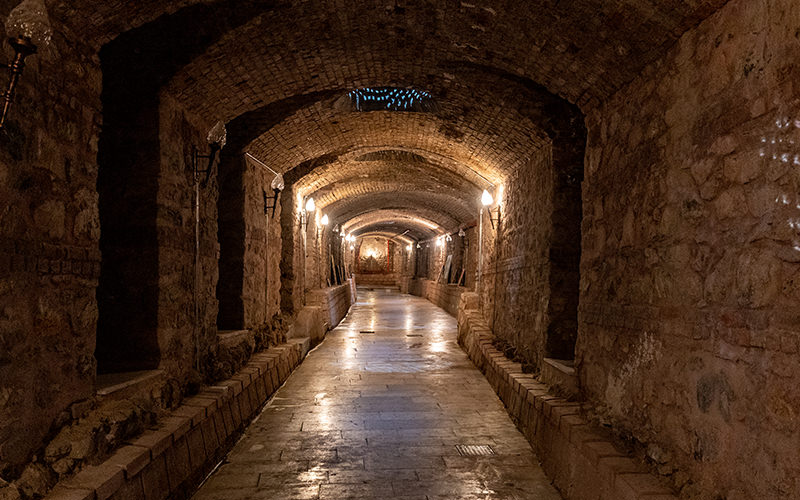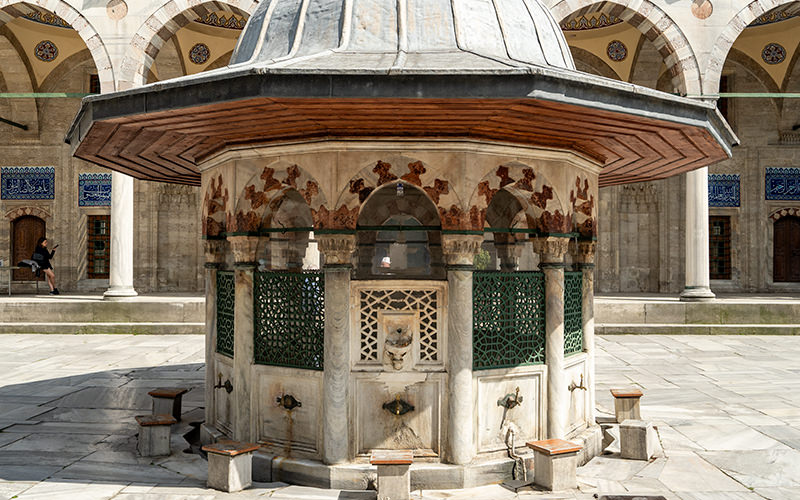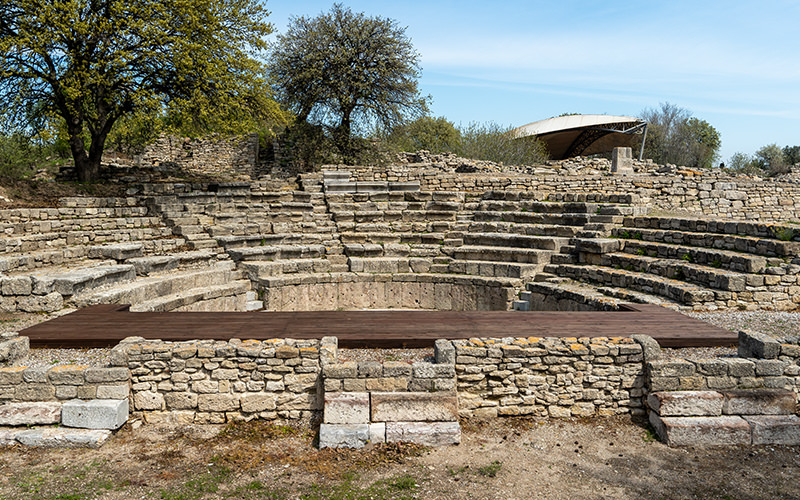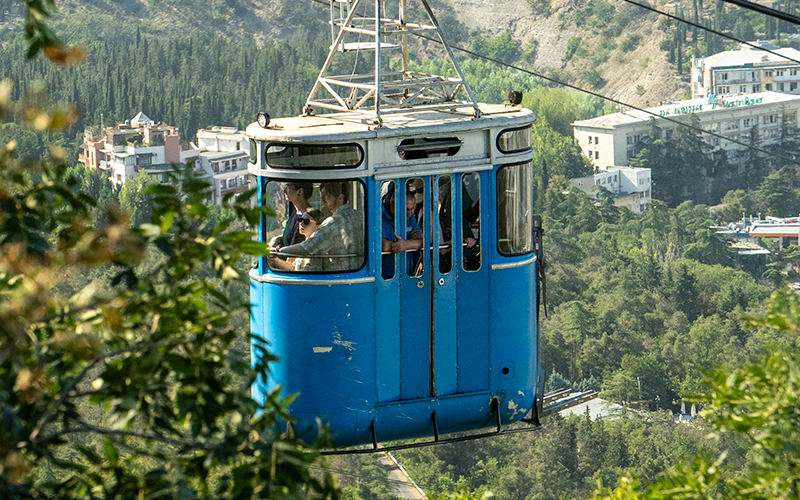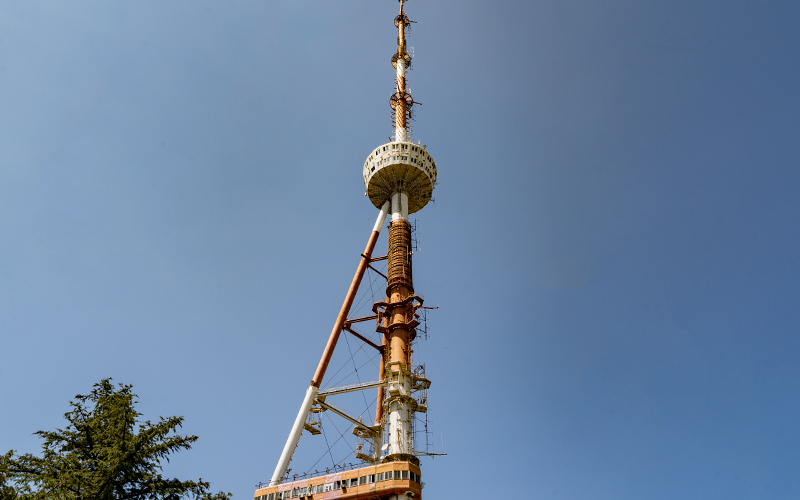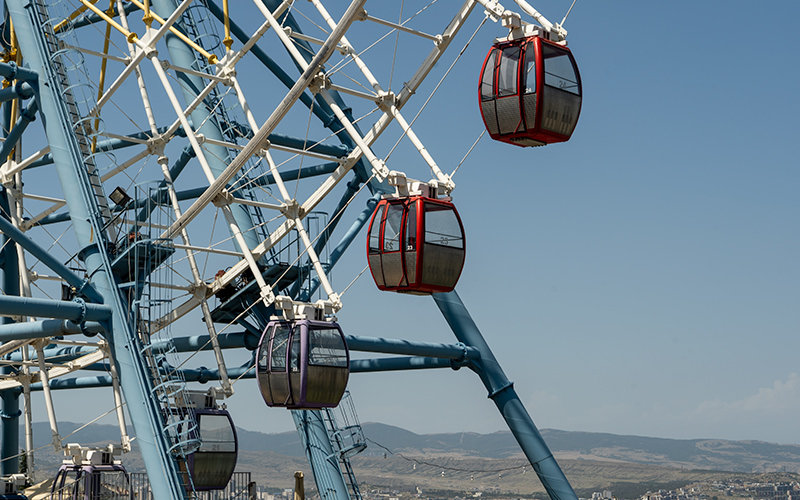Travelers come to Tbilisi to explore ancient churches and admire historic architectural landmarks. After visiting the main historical buildings, I decided to check out a very unusual structure, the former engineering department of the Ministry of Highway Construction of the Georgian SSR. It is one of the most intriguing buildings I have ever seen.
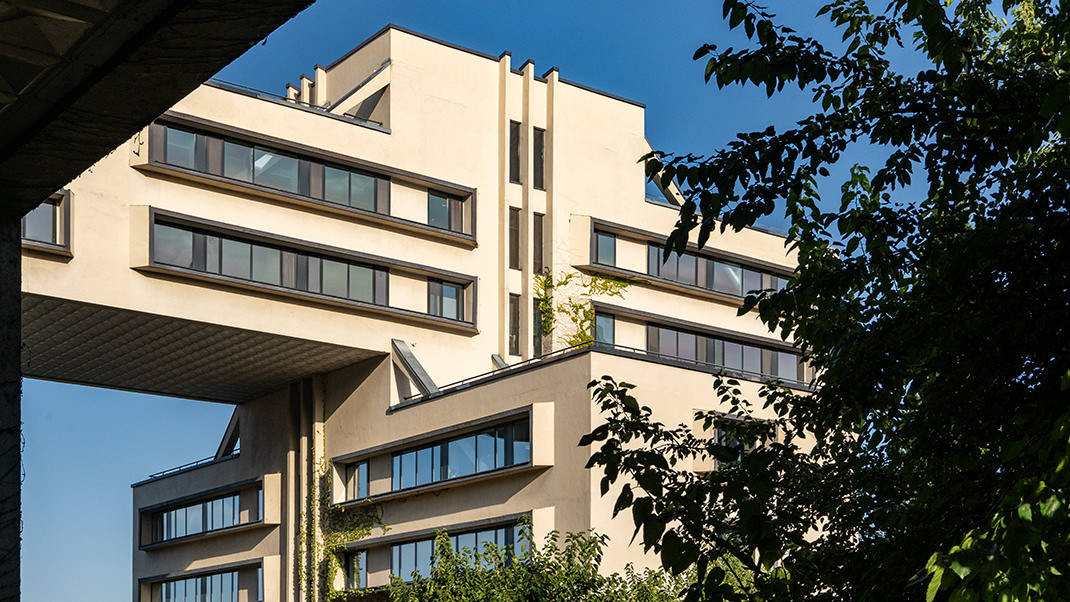
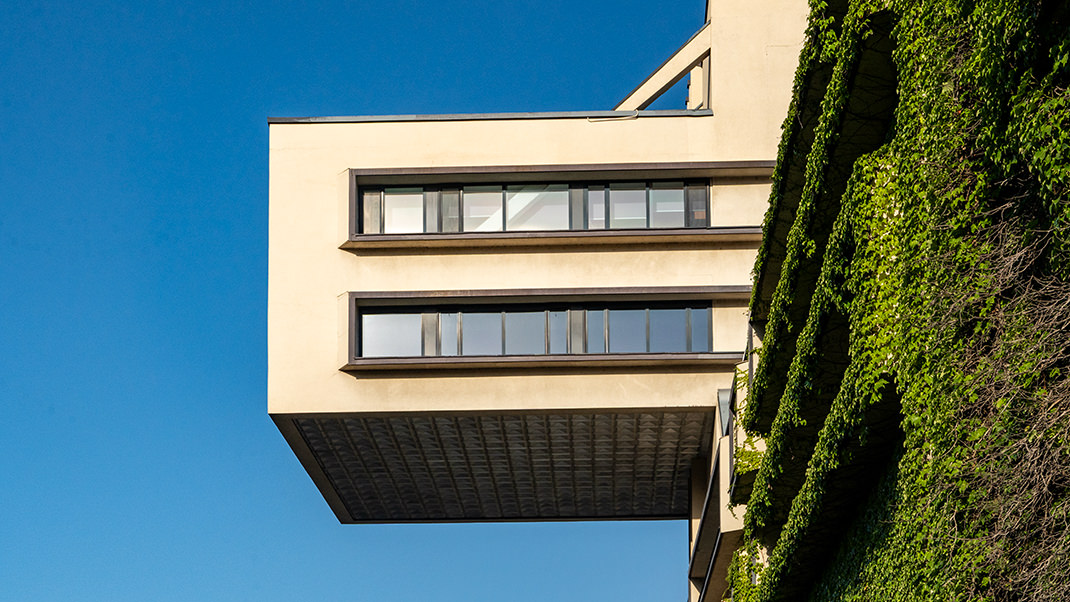
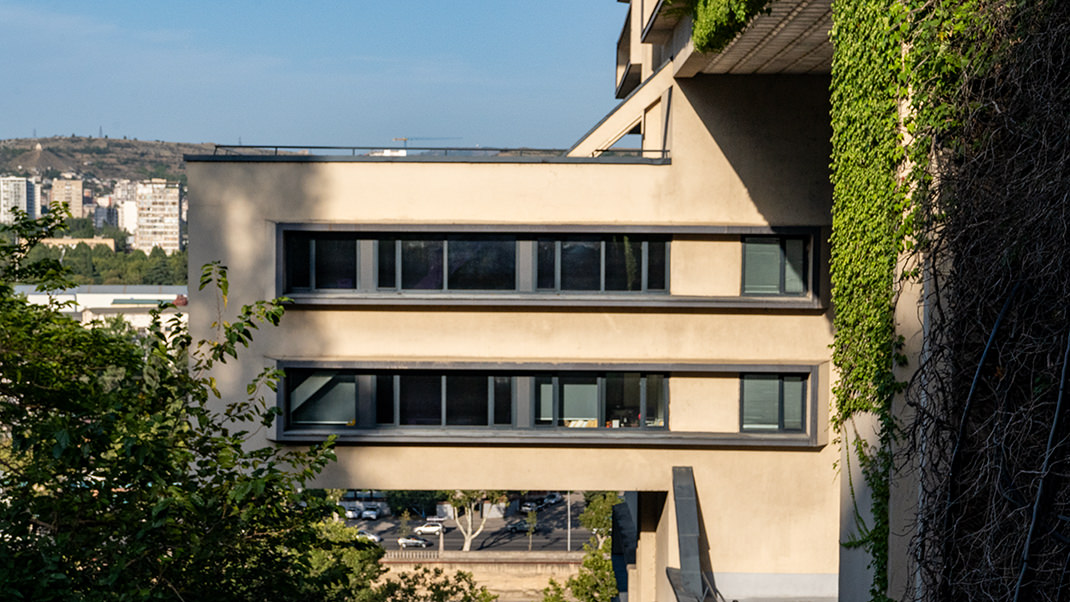
How to Get There by Metro
The address of the former Ministry of Highway Construction building is 29a Yuri Gagarin Street. The nearest metro station is “Medical University,” about a 15-minute walk from there. Alternatively, you can take the metro to “Technical University,” which is approximately a 25-minute walk away.
Today, the building houses the central office of the Bank of Georgia. I’m not sure if you can enter the building, as my interest during the visit was only its unusual façade.
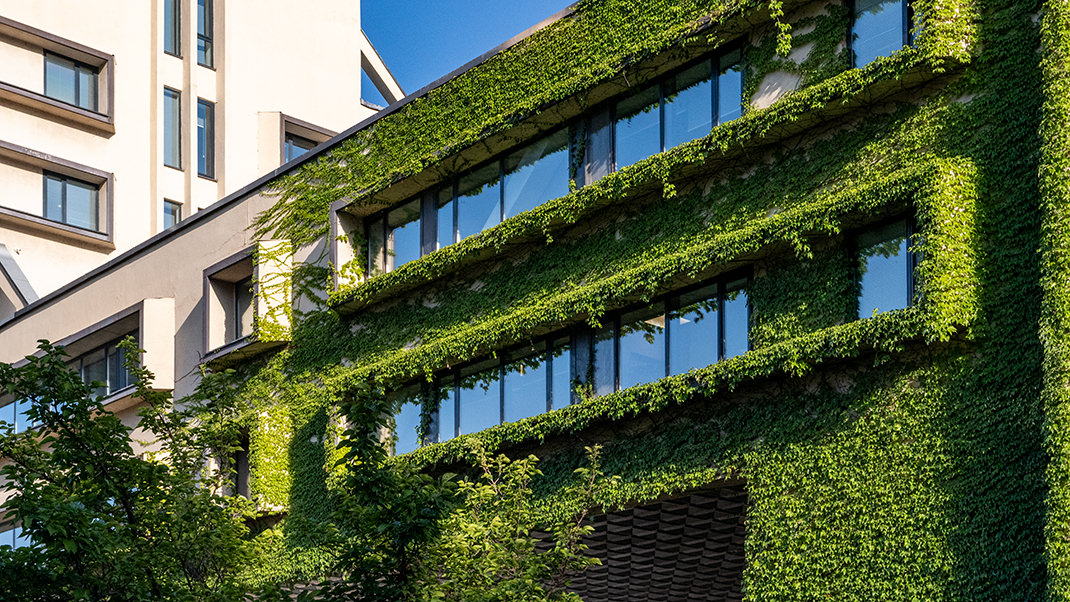
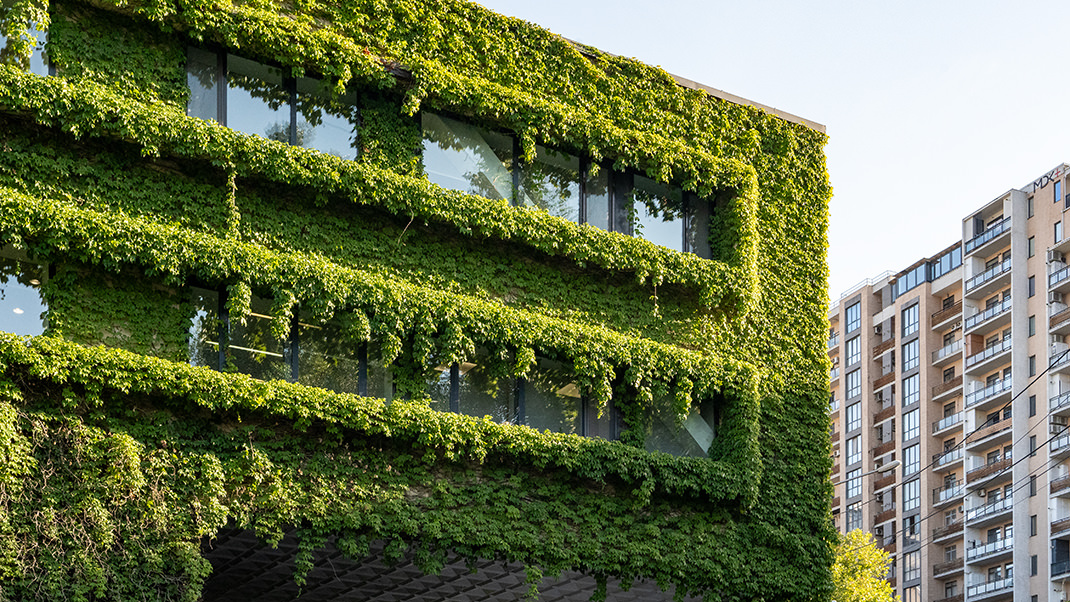
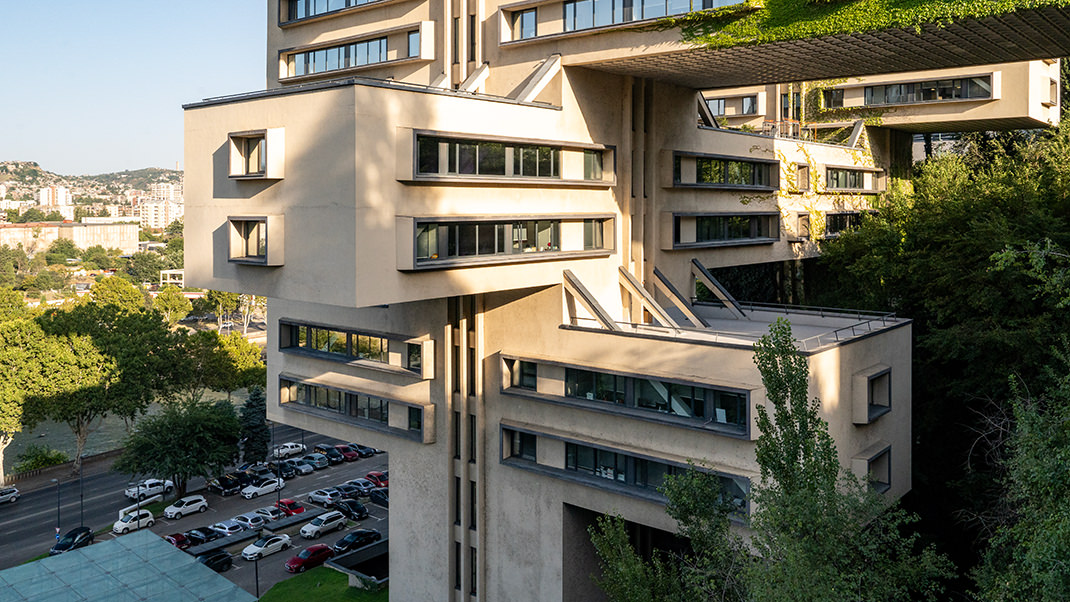
A Bit of History
The former engineering department building of the Ministry of Highway Construction of the Georgian SSR is considered a monument of Soviet modernism and construction began in 1974. The project was led by Georgiy Chakhava, with contributions from architect Z. Jalgania, engineer T. Tkhilava, and candidate of technical sciences A. Kimberg. The architects were awarded a prize from the Council of Ministers of the USSR for their work.
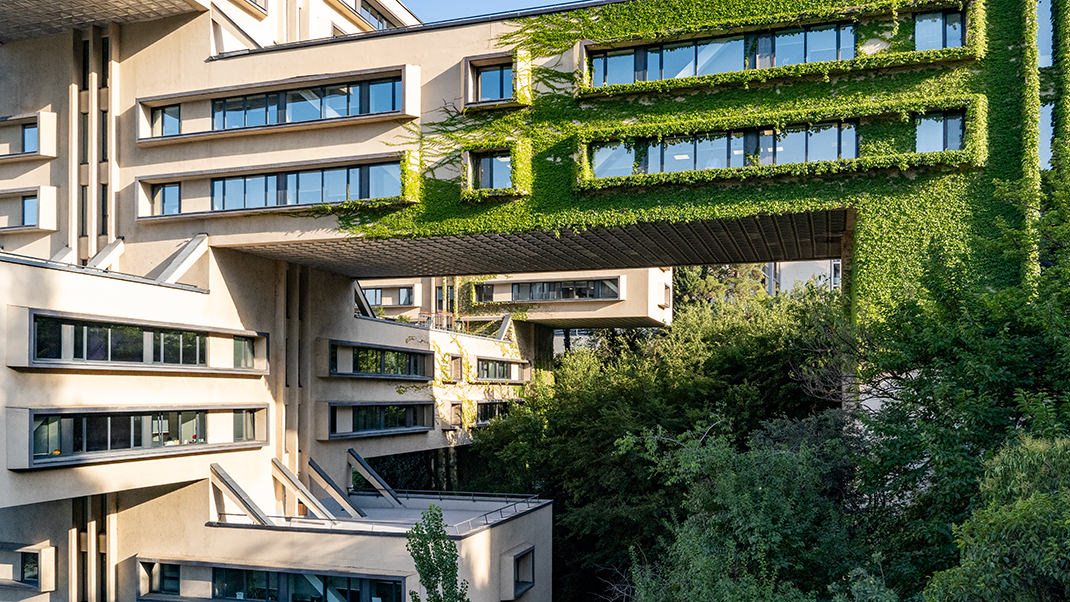
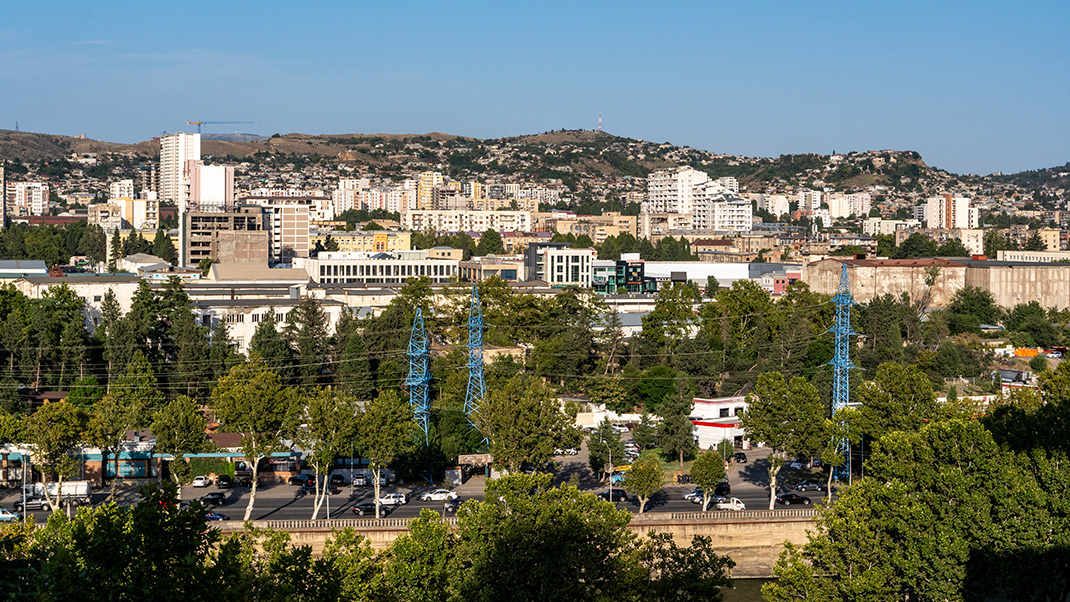
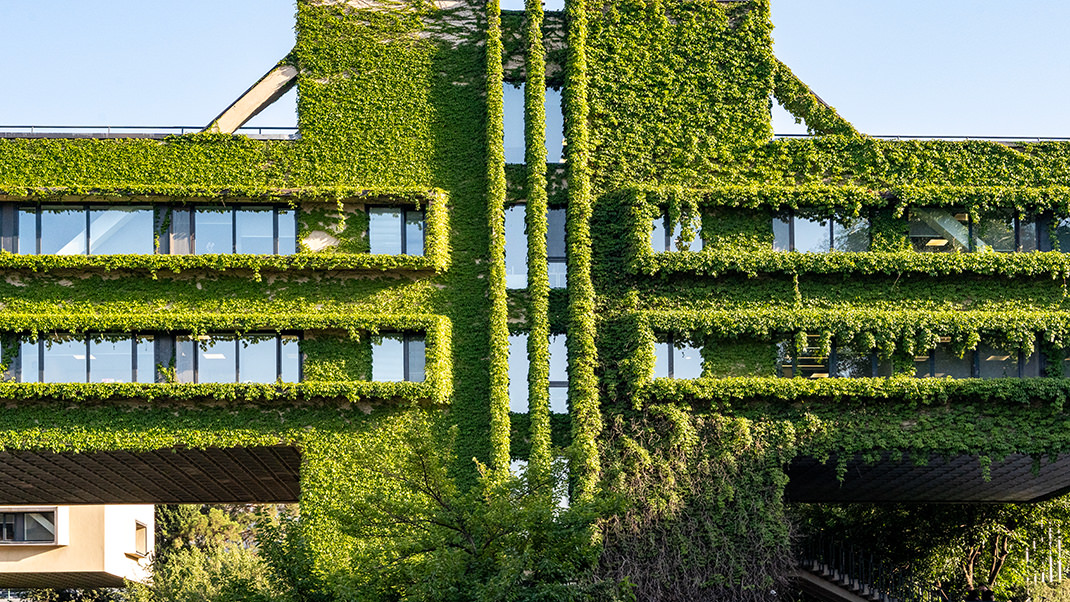
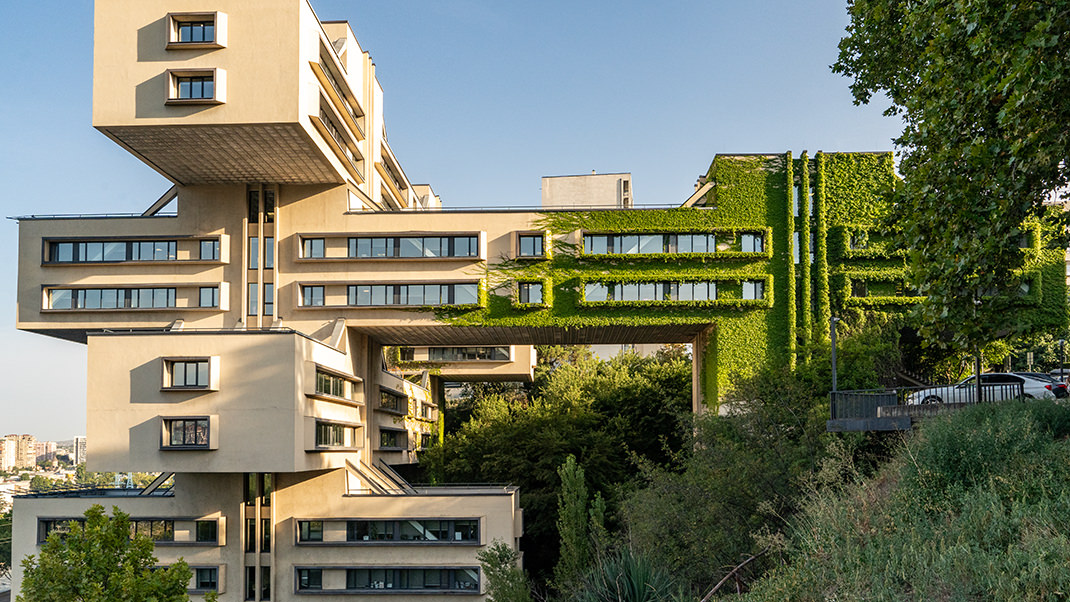
The ultramodern building for its time features protruding cantilevered floors, which seem to stack on top of each other. The design looks strikingly unique.
The area where the former Ministry of Highway Construction building stands remained undeveloped for a long time due to the topography of the city: there is a 33-meter difference between the upper and lower levels of the site. The building is designed to provide access to both adjacent streets at different elevations.
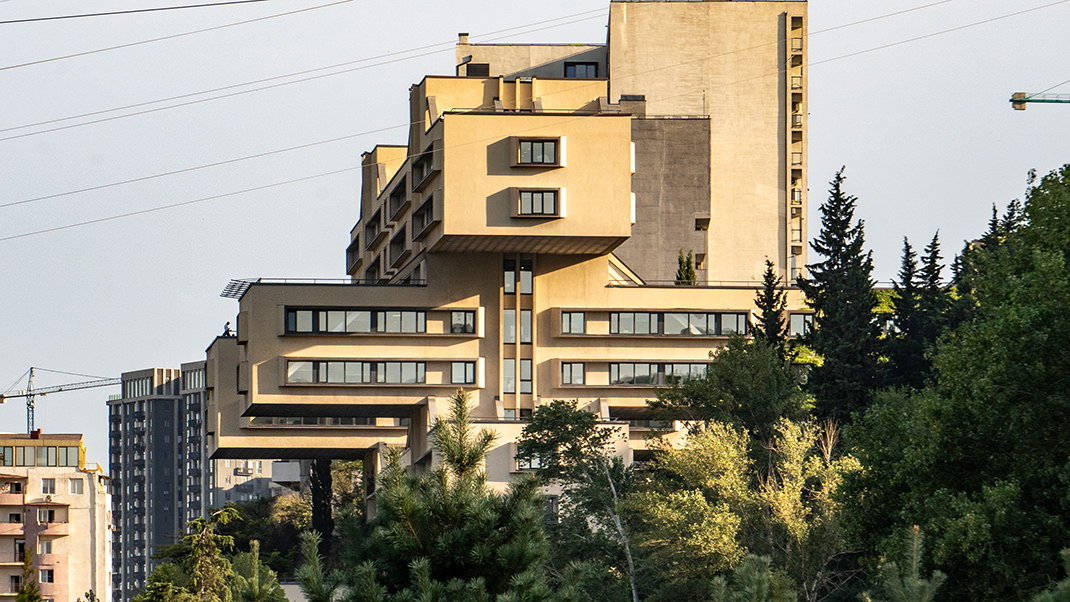
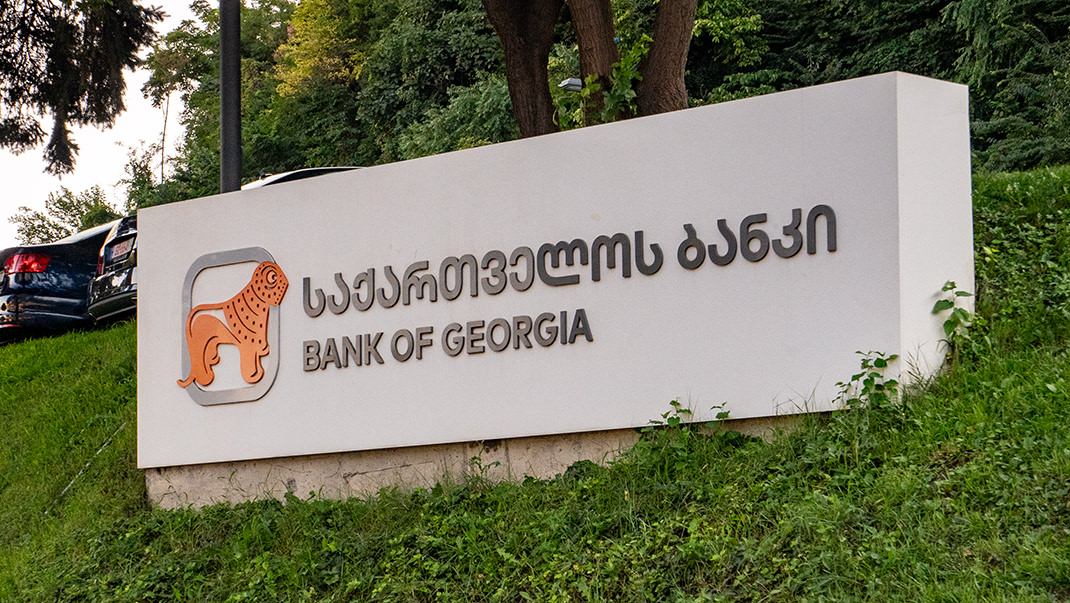
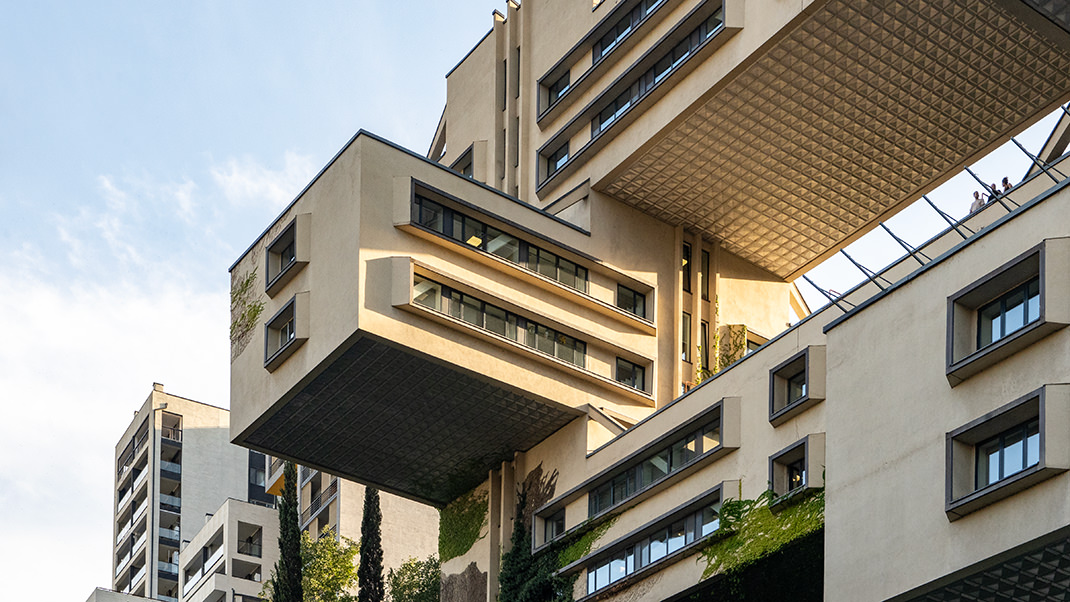
This type of construction is known as building on tower supports. This approach minimizes the footprint of the building, allowing for the space underneath to be used for a roadway or park. Additionally, such "suspended" structures permit sufficient airflow to prevent the stagnation of exhaust gases. Similar solutions were used, for example, in the construction of “stilt houses” in Moscow and St. Petersburg.
The method of building on tower supports was considered innovative. Project authors could use it on any terrain, and according to architects, the structures did not compete with nature or disrupt its harmony.
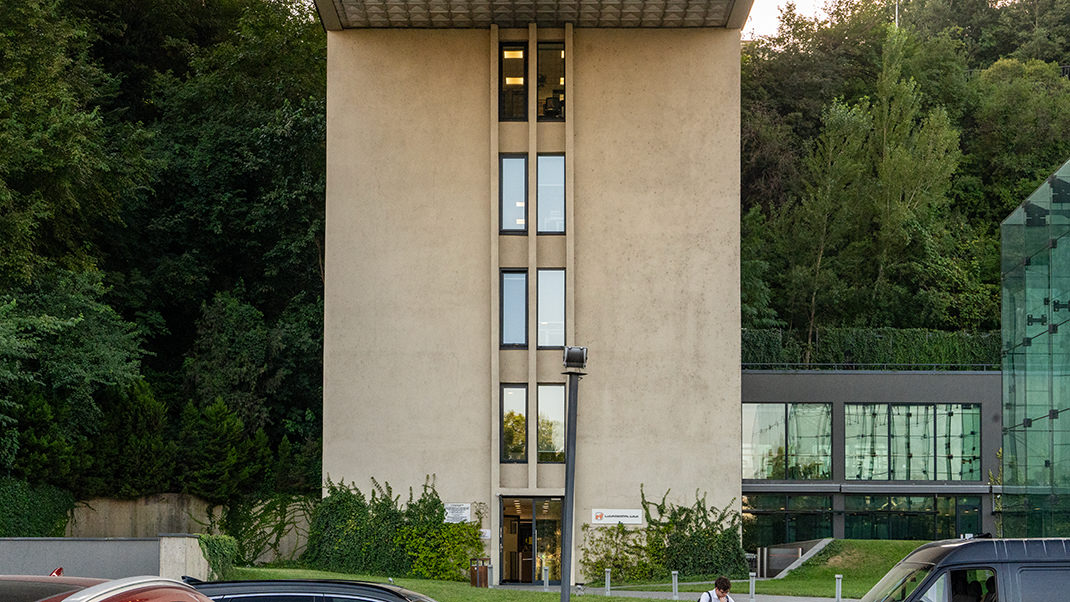
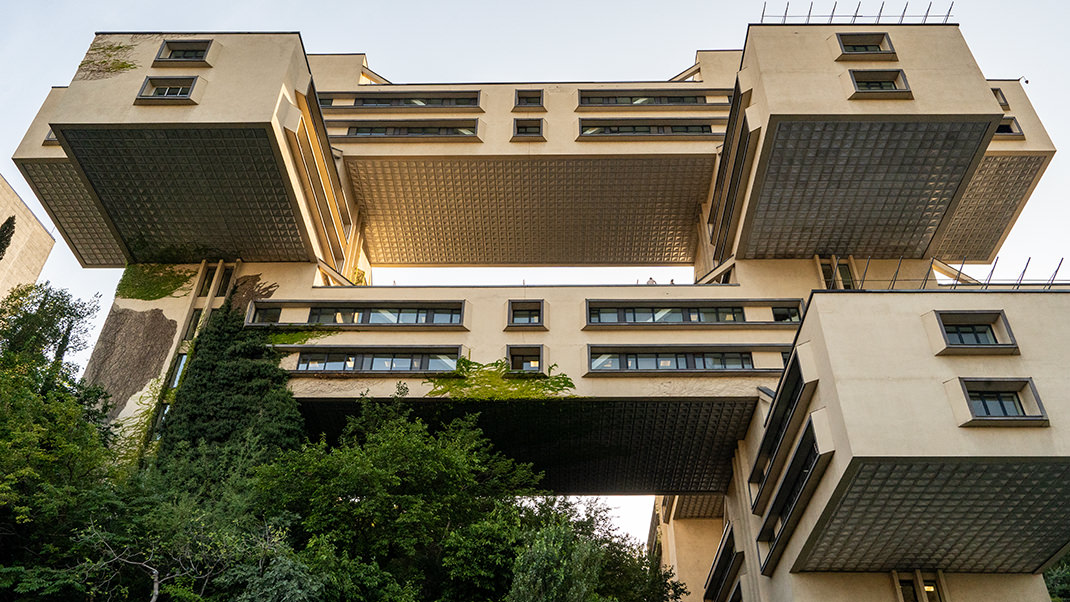
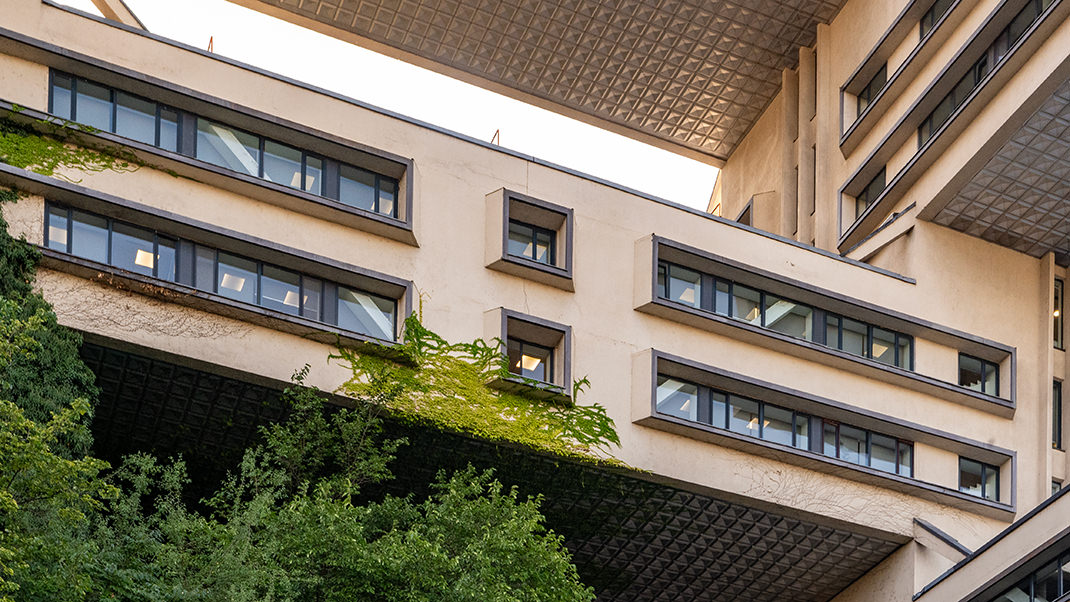
Next time, we will take a ride in a unique cable car over Vake Park and visit Turtle Lake.
Have a nice trip!


